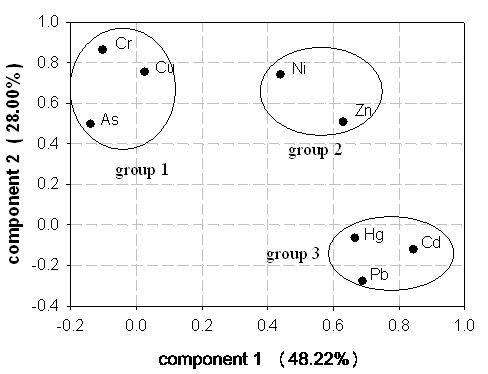Distribution and Ecological Assessment of Heavy Metals Evaluated in Surface Sediments of the East Lake
2013-12-03
Heavy metal pollution in aquatic environments has become an important issue worldwide due to the high toxicity, abundance and persistence in the ecosystems. Anthropogenic sources include industrial and energy production, vehicle exhaust, waste disposal, fossil fuel combustion, and fertilizer and pesticide use. A large proportion of heavy metals deposited in aquatic sediments are adsorbed to and co-precipitated with sediments, which can lead to secondary pollution. Pollution of lakes has been severe and has become an unavoidable issue for sustainable development.
Recently, Dr. Candidate LIU Minxia under the supervision of Professor WANG Jun from Key Laboratory of Aquatic Botany and Watershed Ecology, Wuhan Botanical Garden evaluated the concentrations, distributions, sources and risk assessment of heavy metals in surface sediments of the East Lake, China.
The mean concentration of Zn was highest among the eight heavy metals (225 mg kg-1), followed by As (191 mg kg-1), Cr (145 mg kg-1), Cu (55 mg kg-1), Ni (27.1 g kg-1), Pb (7.93 mg kg-1), Cd (0.94 mg kg-1) and Hg (0.21 mg kg-1). Niuchao Hu was less polluted by heavy metals compare to the other four lakelets of the East Lake.
The results were published in Ecotoxicology entitled “Distribution and ecological assessment of heavy metals in surface sediments of the East Lake, China”.

Heavy metals sources of the surface sediments of East Lake. Cadmium, Pb and Hg was related to anthropogenic activities, whereas Cu, As and Cr were affected by the parent rocks. Zinc and Ni were influenced both by anthropogenic activities and parent rocks (Image by LIU Minxia)